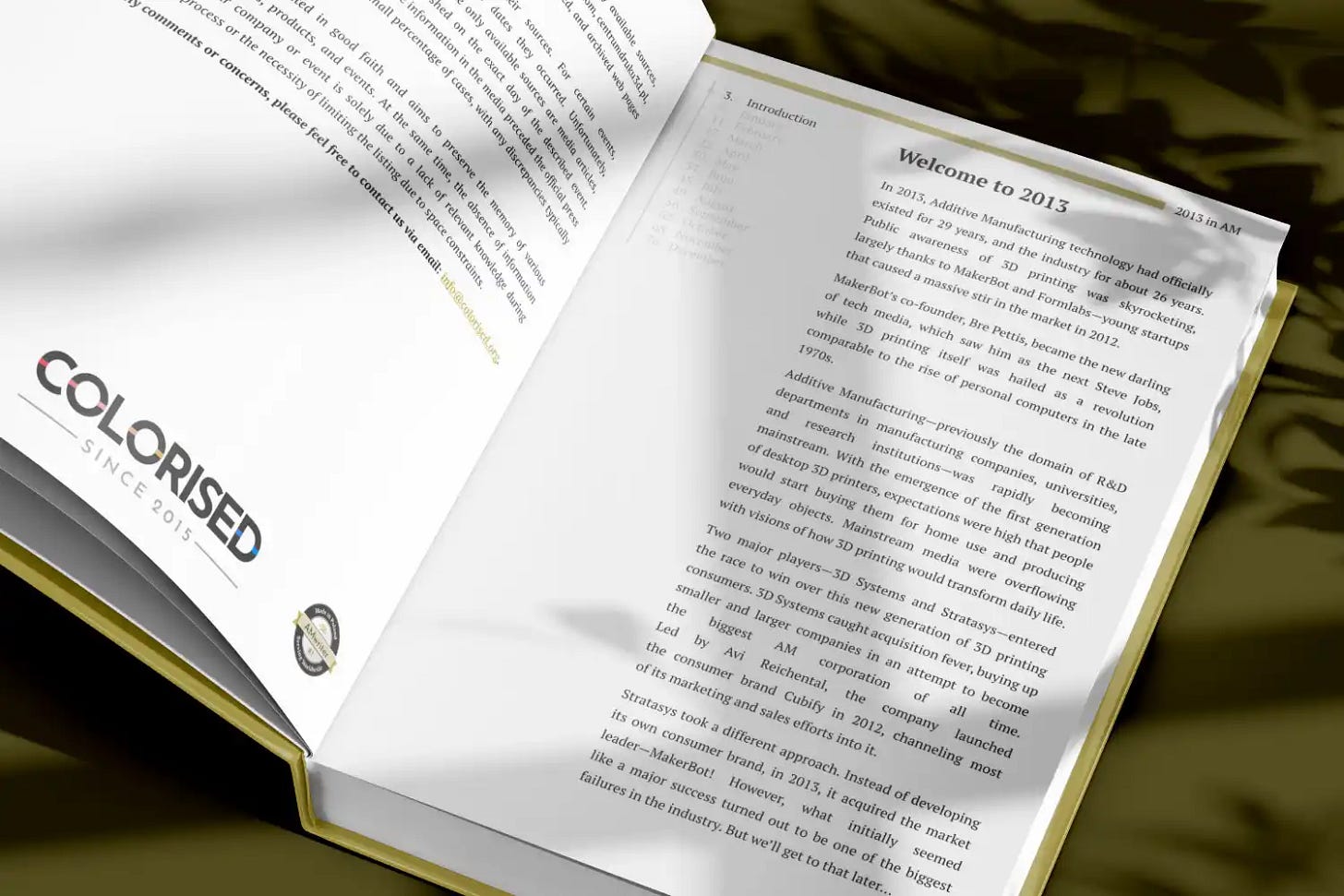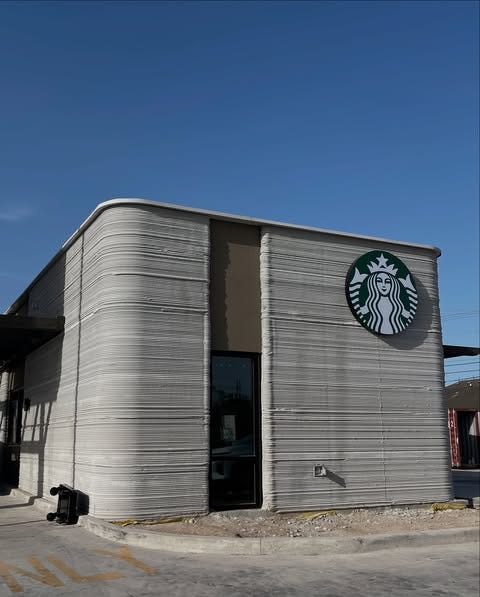We need a more sophisticated approach to AM production planning
The Atomic Layers: S8E30 (00236)
Atomic Layer of the Day:
In the never-ending discussions about the adoption of AM in serial production, everyone always brings the conversation down to the level of 3D printers—the hardware.
I’ll admit it right away—I’ve been guilty of this too. But I’m determined to change that!
After months of deep thought and analysis, I’ve come to believe that the key to increasing the impact of 3D printing isn’t just about changing 3D printers designs, increasing their throughput, or expanding material options—it’s about software.
However, when we talk about software in the context of 3D printing, we automatically think of 3D modeling (CAD) or possibly preparing models for 3D printing (slicers). In short, we focus on the printing process itself.
Meanwhile, industrial production is a complete ecosystem of processes, and 3D printing is no different.
There is post-processing, which in the case of resin, powder-based, or DED and WAAM technologies is often much more time-consuming than modeling and printing. But there are also many additional processes, such as quality control, packaging, and shipping planning.
Have you ever thought about how all of this is organized? How do YOU organize it?
Recently, I got to know a company called nPower Technology from Philadelphia, US, which is developing software for managing the entire production process—from the finished 3D print to the shipment of parts to the customer.
My first conversation with them was quite skeptical—I was convinced that such solutions were already included in every significant AM production software. At nPower Technology’s request, I started to delve deeper into this topic and… to be honest, I was surprised by what I discovered.
The vast majority of software programs for nesting parts in powder-based 3D printers (PBF-based and Binder Jetting) focus solely on nesting—there’s nothing beyond that. The same goes of course for all popular slicers used in FFF or SLA/DLP technologies.
Essentially, we plan production at the level of the 3D printer, and that’s it.
All the more advanced platforms for production management, such as Materialise (Streamics), 3YOURMIND, AMFG, Authentise, or Oqton, offer truly intriguing tools for production planning and its automation, but they do not significantly go beyond the 3D printer.
And I started talking to AM service providers—how do they handle this? Well, in a rather old-fashioned way… Some use Excel. Some use platforms designed for entirely different purposes (such as project management software like Asana). And some use paper notes, emails, and messaging apps.
On Wednesday, at the 3D Printing Days trade show in Kielce, while discussing this with a distributor, I learned that one Polish company commissioned a software house two years ago to develop such a program for them, and… “it still doesn’t work as supposed to.”
Hey, if this is the situation, then how is AM supposed to be implemented in industrial production?
The last Formnext trade show showed the growing role of companies specializing in post-processing of printed parts and production process automation. But I see that all of this remains separate entities… There is no real synergy or connection between them.
This needs to change. Software must go beyond just 3D printers.
Atomic Layer from the Past:
03-30-2022: PrusaPrinters.org was rebranded to Printables.
‘2013 in AM’ - brand new history book! GET IT NOW!
News & Gossip:
As I mentioned a few days ago, after the release of the 2024 financial report, 3D Systems' stock price plummeted. It currently stands at $2.12 per share—the lowest since 2009 (though not an all-time low). The company’s market cap is now $287 million, about $150 million less than last year's revenue. Unless this is a speculative play, the market seems to be losing faith in the company...
Welcome another super fast, super cheap 3D printer from China! Sovol Zero is a new high-speed CoreXY desktop 3D printer featuring "Input Shaping" and "Pressure Advance" for precise motion control. It reaches 1200 mm/s with 40,000 mm/s² acceleration. Key features include auto bed leveling, a 350°C nozzle, a heated bed, and adaptive extrusion. Price: $399 😲 But the build volume is just 152.4 x 152.4 x 152.5 mm…
Recently, the media was buzzing with news about the construction and opening of a 3D-printed Starbucks restaurant. This is what it looks like. I don’t know… Maybe you’ll like it? Maybe you’ll appreciate it?







I was looking for same and I can’t find it. But recently eye opening moment, OQTON MOS is one of the best I ever seen. They have almost everything that I want to implement in the system.